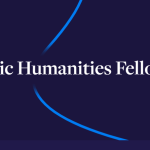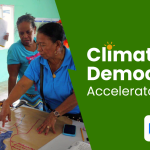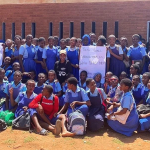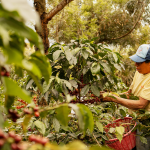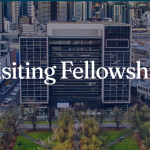Consolidated and compiled By Happy Tarumadevyanto | Independent Consultant | Environmental Asia | happy.devyanto@environmental.asia
Bridging the Gap in Community-Based Forest Management
A common challenge in community-based forest management discussions is the gap between those who formulate policies and the farmers/smallholders tasked with putting them into practice. This often arises from an insufficient grasp of the real-world situations faced by these land users.
To overcome this, a mutual learning process is essential for both sides. Speakers and policymakers, in particular, should deeply immerse themselves in the realities on the ground to truly grasp the situation.
Conflict Resolution
Natural resource management faces diverse problems and significant challenges. These issues need to be reduced, or even resolved, via balanced, two-way dialogue and communication. Is two-way communication truly a key method for addressing potential conflicts?
Conflict resolution that focuses on recognizing the land tenure rights of indigenous/local communities
Inclusive policies like Social Forestry (Perhutanan Sosial), which promotes local food, and collaborative approaches are crucial pathways to building a food system that is sovereign, sustainable, and equitable.
The inclusivity of Social Forestry
Inclusive Social Forestry intentionally empowers and integrates local and indigenous communities directly into how forest resources are managed and how their benefits are shared. This approach is a crucial shift from historical practices in Indonesia and many other nations, where forest management was largely controlled by the state or through commercial concessions, often leaving communities who rely heavily on these forests for their livelihoods on the sidelines.
Providing secure and legal access for communities to sustainably manage land (forests) is a fundamental foundation for their food sovereignty. The synergy between forestry conflict resolution and the food sovereignty agenda is not just possible, but essential.
Inclusivity in Social Forestry aims to:
- Recognize Tenure Rights: Formally acknowledge and secure the land and resource rights of communities, including customary land rights, reducing conflicts and providing legal certainty.
- Promote Participation: Ensure communities are active participants in decision-making processes, from planning to implementation and monitoring of forest management activities.
- Distribute Benefits Equitably: Design mechanisms for communities to derive direct economic benefits from forest products and services, fostering improved livelihoods and poverty alleviation.
- Empower Marginalized Groups: Specifically address historical inequalities by ensuring women, youth, and other vulnerable groups within communities have access to resources and a voice.
- Integrate Traditional Knowledge: Value and incorporate indigenous and local knowledge systems into sustainable forest management practices.
Ultimately, inclusivity seeks to shift from a top-down, exclusionary model to a collaborative, rights-based approach where communities are seen as stewards, not just users, of the forests.


